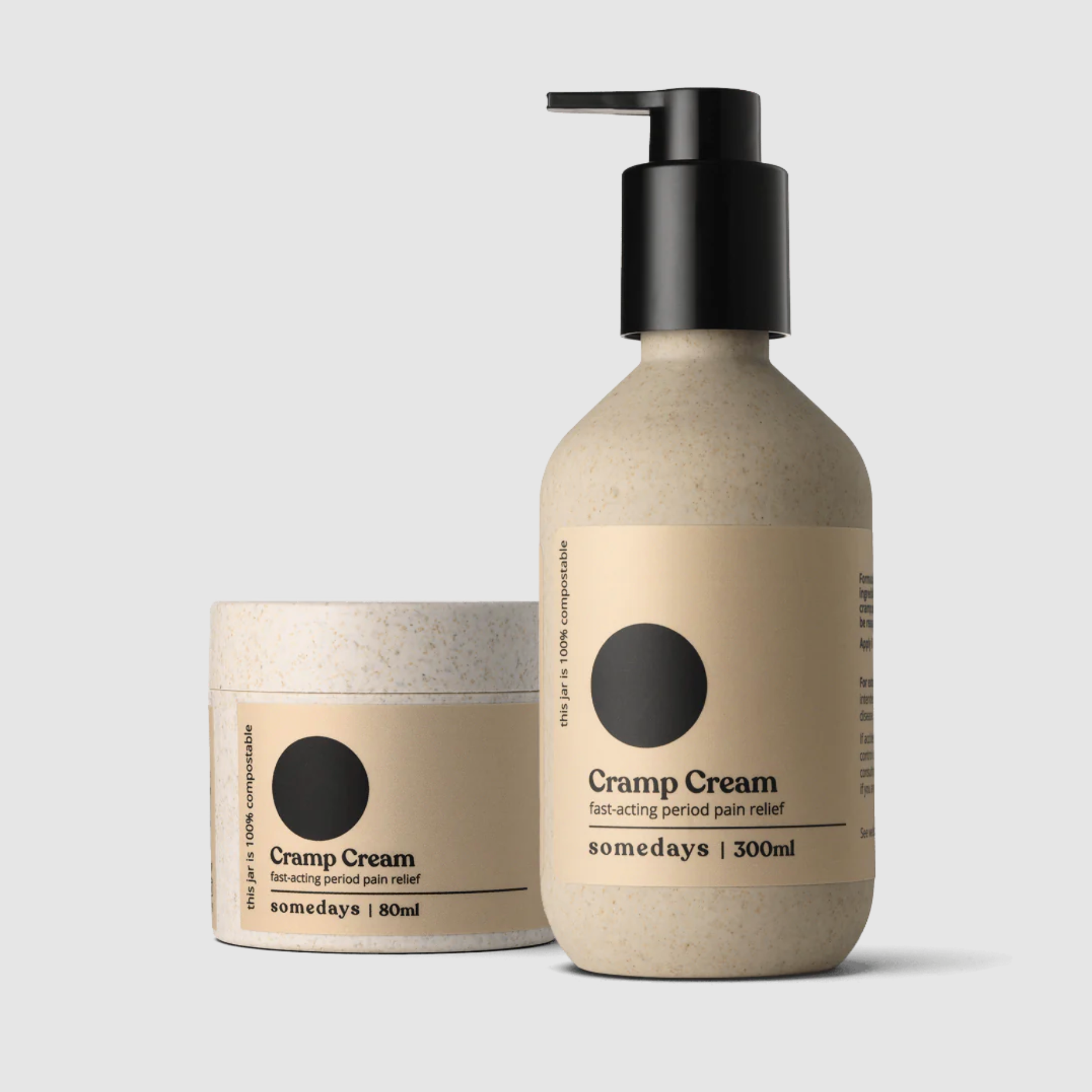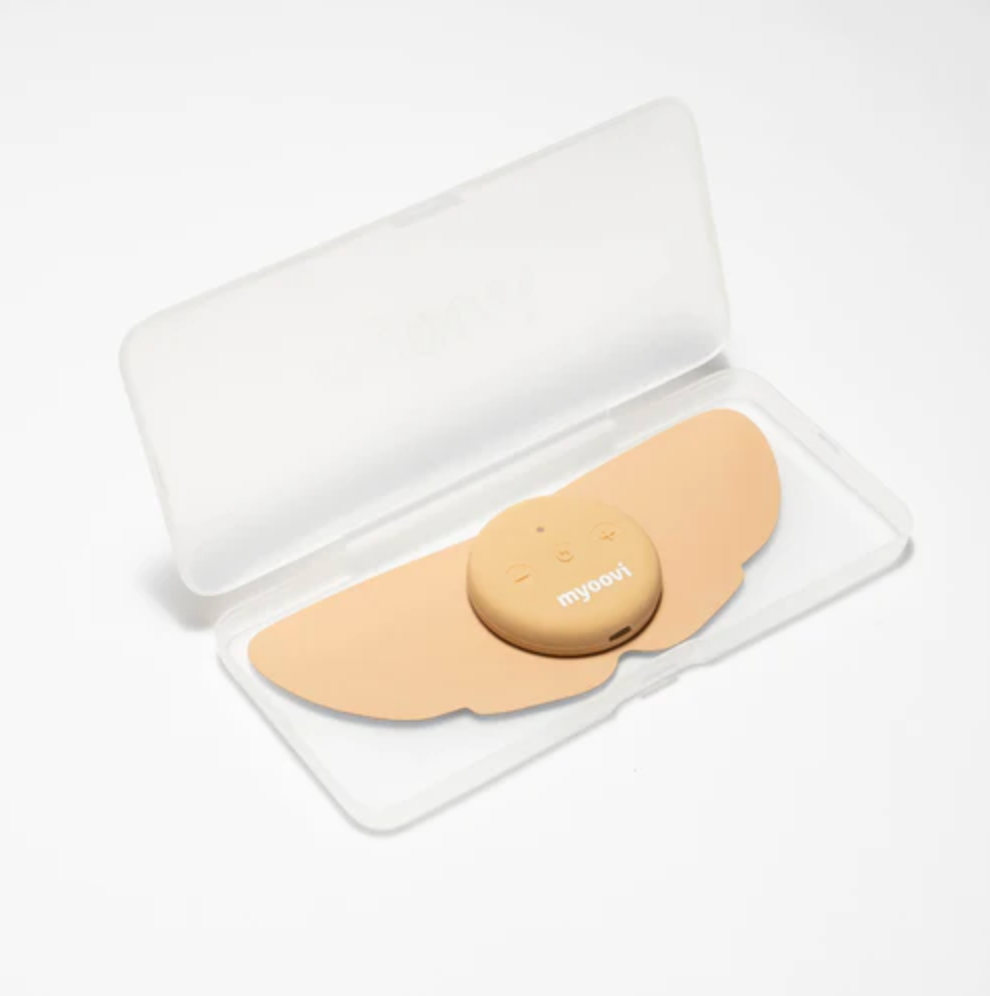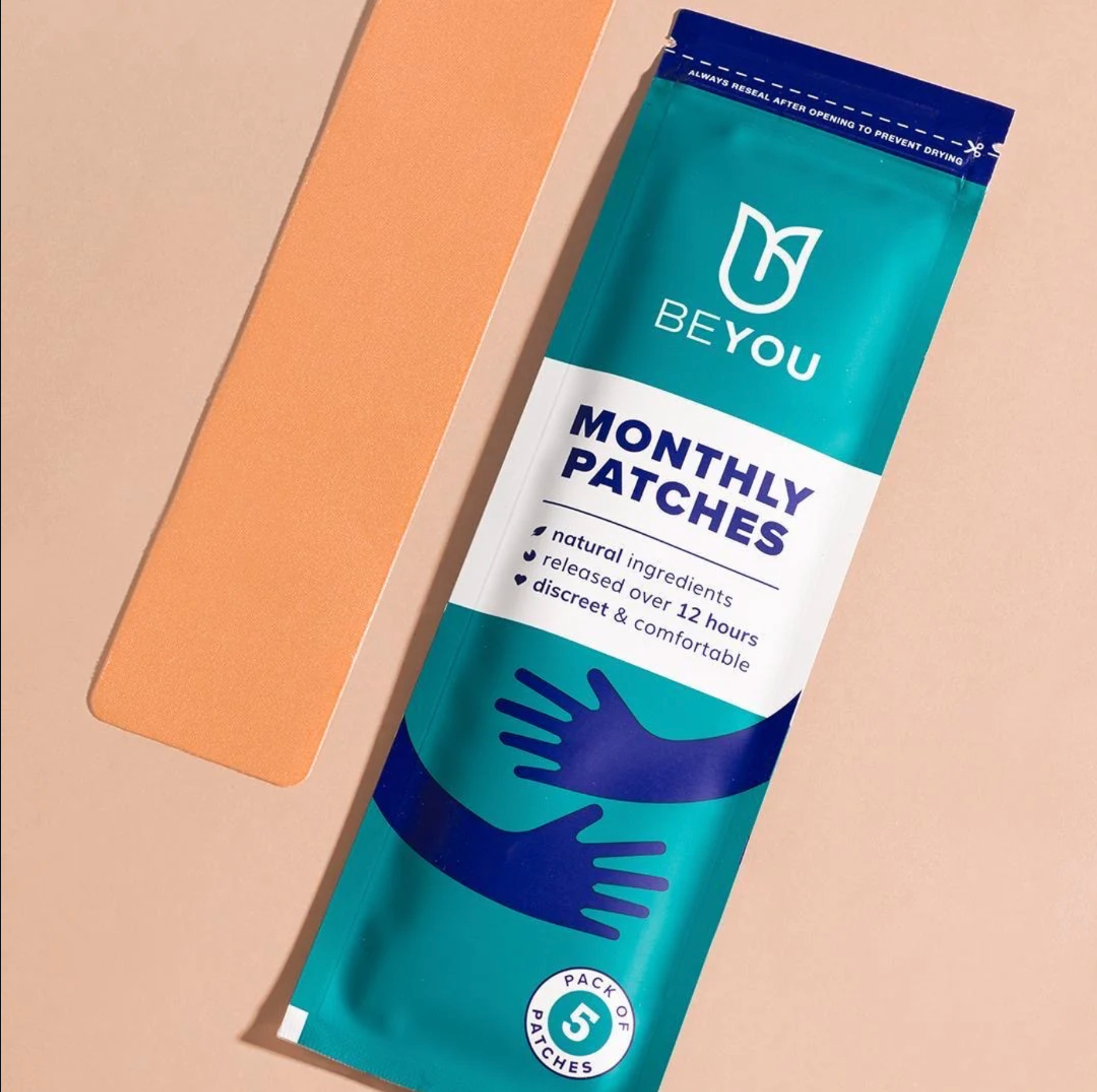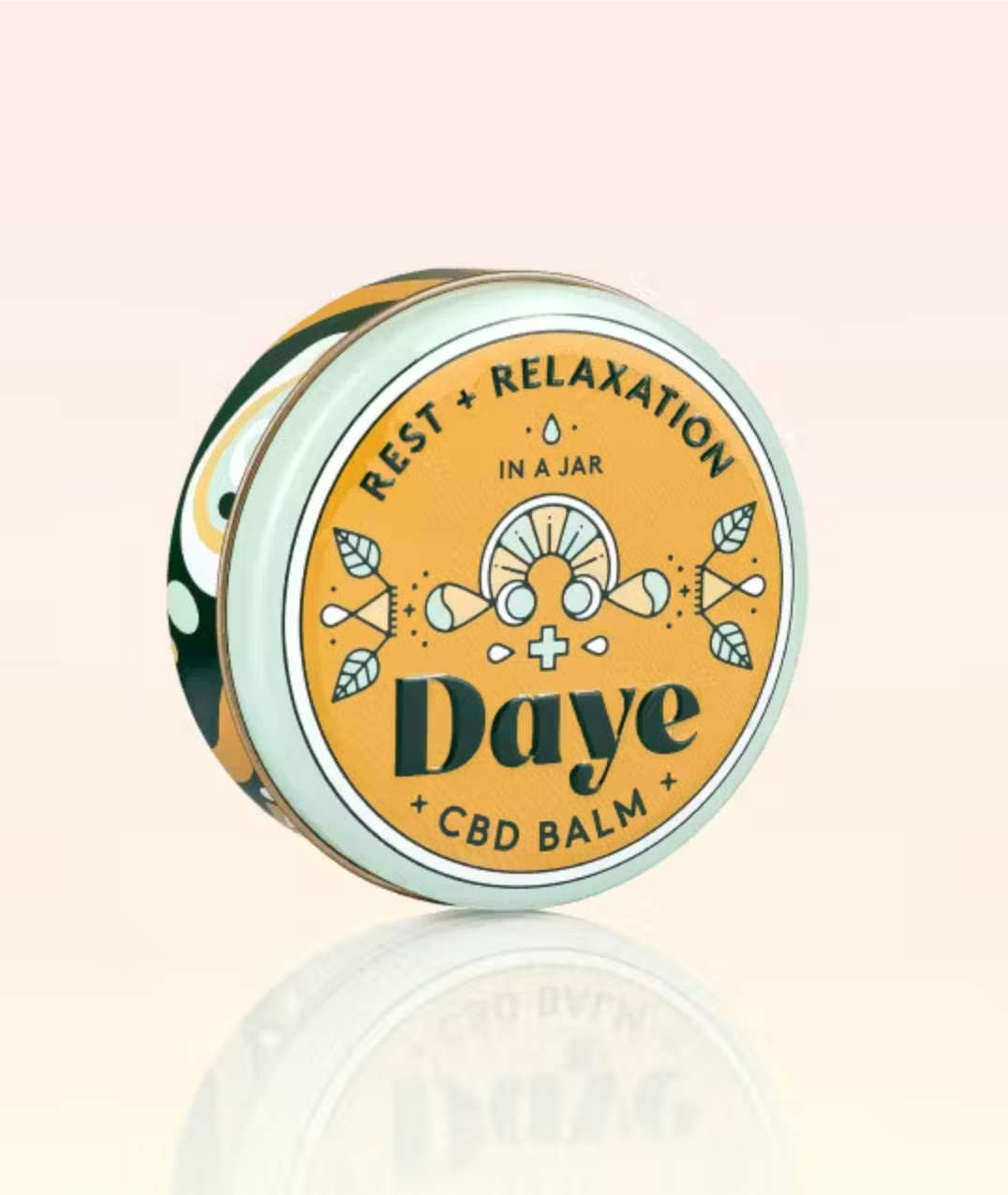The medical term for painful periods is dysmenorrhea. Primary dysmenorrhea is caused by womb muscle contractions, while secondary dysmenorrhea refers to pain caused by underlying conditions, such as fibroids or polyps, with severe pain often indicating chronic conditions like endometriosis. According to a YouGov survey, women who regularly suffer period pain on a level that affects their ability to work rated the pain of a typical period 6.2 on the 10-point pain scale. The worst period pain for those surveyed averaged 7.9, and wasdescribed as “edging into ‘intense’, or a pain that’s so severe that it’s hard to think about anything else, and talking and listening become difficult”. (Though, the pain estimation method itself has been criticized for gender biases.)
Despite the clear evidence of period pain interrupting many people’s everyday lives, according to The Gender Pain Gap Index Report, 56% of women surveyed felt their pain was ignored or dismissed by healthcare professionals. Sixty-five percent said they would like more access to information regarding their pain.
As I’ve gotten older, my period pain has only gotten worse. Now, the contents of my handbag include a wide selection of blister packs, from over-the-counter-medications to prescribed non-steroidal anti-inflammatory drugs (NSAIDs) and the birth control pill. Plenty of people find over-the-counter medications sufficient in aiding occasional period pain — however, others may want to explore alternative options to work in tandem with (or instead of) drugs, due to pain severity, tolerance issues, accessibility, side effects, allergies, or personal preference.
While I’m continuously in the process of seeking a diagnosis and treatment from doctors, I’m often forced to manage the pain myself — a result of the increasingly long wait times at doctors offices and a lack of research and funding in gynecological health. (The Gender Pain Gap Index Report found that 27% of women surveyed felt it was easier to self-diagnose due to healthcare waiting lists.) But what happens when the tablets aren’t cutting it, or when you don’t want to take drugs at all?
This interest in personal pain management and options outside of ibuprofen is precisely why I decided to look into alternative period pain relief products. From nerve stimulation devices to menthol skin patches, click ahead to find out my unfiltered thoughts on alternative menstrual pain methods.
Editor’s note: Please see a doctor if period pain is affecting your day-to-day life, so you can get the assessment and pain management you need. The following products are not endorsed, and expert commentary is not meant to be prescriptive. It is always important to read the instructions on any topically-applied product in case of allergy, and check with a doctor how supplements may interact with any medication you are currently taking. If in doubt, always speak to a doctor before trying a new pain relief product.
All linked products are independently selected by our editors. If you purchase any of these products, we may earn a commission.

somedays Cramp Cream
What it claims to do: Ease period cramps with natural antispasmodic and anti-inflammatory ingredients, such as wintergreen and marjoram.
My review: Never have I seen period care that look so much like luxe skin care. Based in Vancouver, this start-up aims to create cruelty-free, plastic-free products that use plants to help ease period pain symptoms. Somedays’ website states that nine out of 10 women reported a complete pain reduction just five minutes after applying this cream — unfortunately, that didn’t seem to be the case for me. The cream is enjoyable to apply. (It comes in a pump tube or scoop pot, and smells like a posh antiseptic.) It’s discreet enough to take out in public, and the slight cooling effect is nice, but I found that my pain was still bubbling under the surface. Combined with Somedays’ flaxseed heat pad, though, I really started getting some pain relief. Unlike a hot water bottle, this soft, malleable pad is pelvis-shaped and nicely weighted to soothe cramps, and can easily be put in any position to help relieve pain in specific spots.
What the experts say: “A lot of the ingredients (wintergreen, camphor bark, arnica flower, geranium, marjoram flower, cypress) have been traditionally used for either their antispasmodic, anti-inflammatory, and/or pain-relieving qualities when topically absorbed through skin. Antispasmodic properties mean it can stop muscles from contracting and help to relieve pain, while anti-inflammatory reduces inflammation, swelling, and irritation, which causes pain, as well as giving relief in other ways, like the cooling effect of wintergreen, which can distract from feeling deeper pain. However, from my research, chamomile and clove are the only ones that had strong scientific support of being potentially effective in relieving menstrual cramps — though, the majority of the direct research surrounds orally ingesting these. The other ingredients have some supportive evidence for pain relief in general, and thus may help with cramps, but ,again, we need more research and data to confirm this.” — Dr. Aziza Sesay, GP and creative director of Black Female Doctors UK
“Some ingredients appear to be effective for pain relief, like wintergreen and marjoram, which are anti-inflammatory, but there are no apparent effects for pelvic pain from the rest of the ingredients.” — Dr. Smita Sinha, consultant gynecologist at Serenity Women’s Clinic, Somerset
somedays Cramp Cream, $, available at somedays

Myoovi Period Pain Relief Device
What it claims to do: Use TENS (transcutaneous electrical nerve stimulation) technology to interrupt the pain signals that go to your brain.
My review: Out of all the products I tested, the Myoovi device was the one I was most excited to try. It felt space-age, like something I could stick on as an extension of my skin. The winged device uses TENS technology, which sends mild electric currents through sticky electrodes to the stomach area, with the idea that the pulses reduce the number of pain signals going to the brain and help relieve the amount of pain felt. After charging the device, I stuck it over my stomach and selected the level of electro-pulsing (there are 20). The feeling is like a small, fuzzy electric shock, or perhaps when you lightly knock your funny bone — it doesn’t hurt. It pulses for about eight seconds, pauses, and pulses again. It provides distraction: I felt that my brain was recognizing the stop-start of the buzzing and shifting focus away from my constant pain. To really feel like I was getting any type of relief ,I had to go to level three, which feels like a slight tightening of the muscles. It took a while to get used to the sensation and occasional micro spasms. My period pain will often radiate down my groin and leg, and the shape of the device (and stickiness) isn’t particularly suited for that. Getting the placement of the device right was something I found hit and miss. (I had to adjust multiple times to make sure it was sitting on the exact spot that was radiating pain.) The portability of the device is a major win, though, and the battery charge lasts 10 hours. You could easily wear it under a loose shirt or dress, and no one would know. Do I like the fuzzy feeling that kind of reminds me of a bug buzzing on me? No, but if it can interrupt my brain’s constant body scanning and pain level-checking, then I think it’s a useful thing to have in my pain management toolkit.
What the experts say: “TENS will aid ‘pain gating’ so, while not preventing the pain felt, it will help to manage it.” — Dr. Sinha
“Myoovi uses TENS technology to relieve menstrual pain, which is generally supported by research as an effective analgesic. I can’t comment on the effectiveness of this specific device, but the mechanism of pain relief is backed by research through the gate control theory of pain. Whether it works better than other TENS on the market (which may be cheaper) is up for debate.” — Dr. Sesay
(The gate control theory of pain states that, in the spinal cord, there are a series of “gates” into which messages about pain arrive from all over the body. If the gate is closed, pain signals will be restricted from traveling up to the brain, meaning fewer messages get through and pain is less likely to be felt. According to the NHS, TENS technology can act as counter stimulation that can help close the gates by using electrical impulses to reduce the pain signals going to the spinal cord and brain, helping to relieve pain and relax muscles.)
Myoovi Period Pain Relief Device, $, available at Myoovi

BeYou Monthly Pain Patches
What it claims to do: Create a cooling, comforting effect with organic essential oils.
My review: My mom picked up some menthol patches on a recent trip to Singapore that claimed to provide period pain relief. She had bought them on a whim, and while I didn’t have a lot of faith, I gave them a go. They were great at providing a distracting, tingling sensation. While you sadly can’t buy the brand here in the UK, BeYou provides something similar: Close to something like Deep Heat rub, this salve-coated strip uses organic essential oils to provide a cold, soothing sensation across the desired area. (Hack: Cut the strips so you can place them exactly where the pain points are.) Wearing these in public will prompt people to ask if you’re wearing Vicks VapoRub, but to me the relief was worth the potentially awkward conversation. The only downside is the removal — if you fall asleep with one of these on (it’s recommended to only wear them for 12 hours), be prepared to battle with the adhesive the next day. Avoid hair, if you can. Trust me.
What the experts say: “There’s no evidence for benefit for pelvic pain from the ingredients in this patch.” — Dr. Sinha
“From my research, use of menthol is supported by scientific evidence for general pain relief, but there’s limited data on its effectiveness specifically for menstrual cramps (unlike heat therapy, which has more robust evidence). The ingredients in the products include peppermint, menthol, eucalyptus globulus, eucalyptus oil, leaf oil, and aerial parts. The cooling effects of menthol and peppermint do have some documented general analgesic properties, however, there’s still no robust or specific research on period pain relief. Similarly, eucalyptus has anti-inflammatory and analgesic effects, though there’s limited documentation on its effect on cramps.” — Dr. Sesay
(While there may not be evidence specifying menthol helping pelvic pain, specifically, a 2018 study showed it can act as a counter-irritant by creating a general cooling effect and stimulating, then desensitising nociceptors, nerve cell endings that detect harmful stimuli and alert the brain to potential injury.)
BEYOU Monthly Patch, $, available at Boots

Daye CBD Body Balm
What it claims to do: Combine pure (THC-free) CBD with a blend of essential oils to create a balm.
My review: I was most hesitant about this CBD balm. My assumption was that you would need a huge amount of CBD for the product to be effective… Although the Daye Body Balm didn’t provide any life-changing pain relief, applying it before going to bed offered an opportunity to massage and soothe the sore area. With nourishing ingredients like shea butter, flaxseed, ginger root, willow, lavender, and coriander oil, the balm is a calming way to start a nightly routine, which can often be very erratic and disturbed when suffering from bad cramps. The only issue is that the balm isn’t travel-friendly — I found this out when I tried to apply it in the crowd at a comedy gig and covered myself in melting oil. For at-home use, though, I found myself reaching for it more and more, as it can be applied to all areas of the body, which is great if your periods cause other places of inflammation/soreness, like down the legs and back.
What the experts say: “This product has many different ingredients as per the website, but the main selling point is the use of CBD. CBD has demonstrated potential for pain relief and reducing inflammation in various conditions, including chronic pain. However, there’s limited targeted and direct research on its effectiveness on menstrual cramps. Though the general pain-relieving properties of CBD could suggest that it may help with period cramps, more robust scientific evidence is needed for definitive confirmation. The other ingredients in the balm, including ginger, flaxseed oil, and arnica, have scientific support for their anti-inflammatory and analgesic properties, but — surprise surprise — specifically for menstrual cramps, the research is limited thus far.” — Dr. Sesay
“CBD is promising as a treatment option for pelvic pain relief, also mixed with other ingredients like ginger and lavender, which would help promote calmness. There’s definitely a lack of evidence regarding the correct dosage, but from the data so far (and this is contingent on levels of purity and the method of administration), starting anywhere between 5-10 mg a day may be suitable.” — Dr. Sinha
Daye Body Balm, $, available at Daye
Like what you see? How about some more R29 goodness, right here?
My Heavy Periods Left Me Dangerously Anaemic